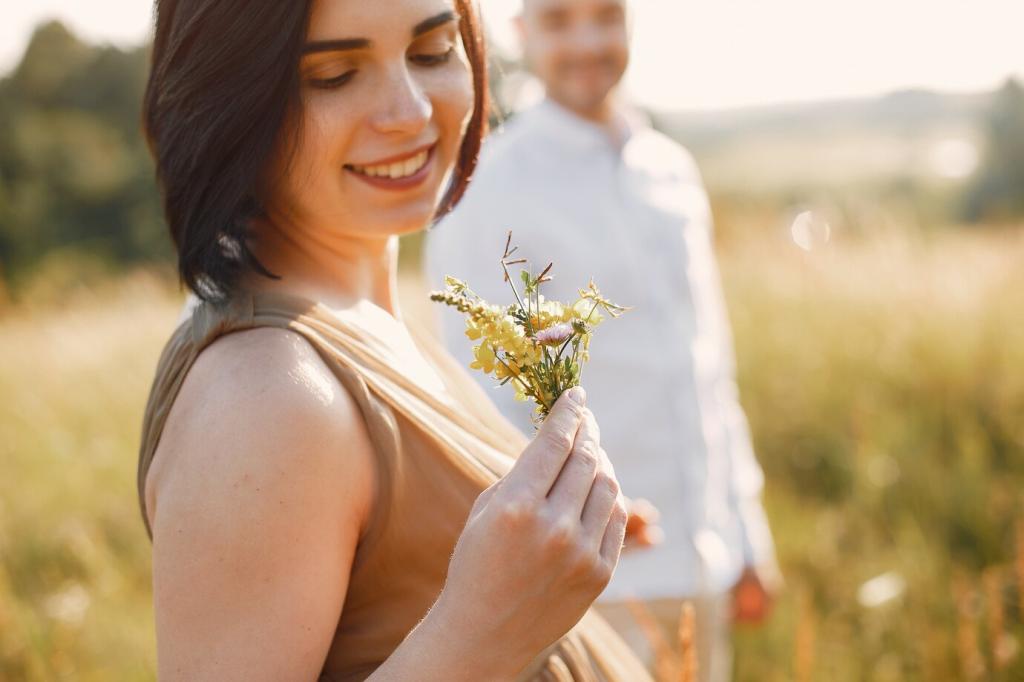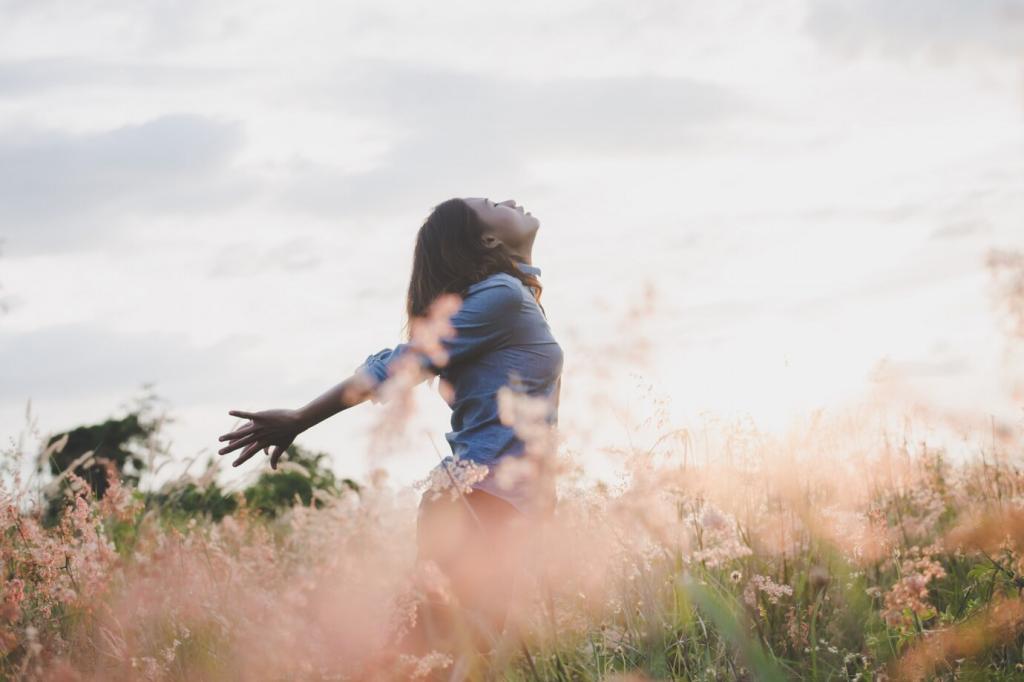
Transformative Nature Art Sessions for Emotional Well-being
Today’s chosen theme: Transformative Nature Art Sessions for Emotional Well-being. Step outside, create with the living world, and let mindful making restore balance, clarity, and joy. Subscribe for weekly prompts, field-tested practices, and heartfelt stories from our community.
Why Nature + Art Heals: What Science and Experience Reveal
Research inspired by Attention Restoration Theory shows that softly fascinating environments—rustling leaves, moving clouds, flowing water—replenish mental energy. Try ten quiet minutes under a tree, then draw what you notice. Tell us your favorite restorative spot outdoors.
Why Nature + Art Heals: What Science and Experience Reveal
Slow mark-making, rhythmic motions, and intentional breathing can settle stress responses and invite safety, aligning with polyvagal insights. Sketch textures or trace shadows while exhaling longer than you inhale. Comment with the technique that calms you most reliably.
Preparing Your Session: Space, Materials, and Mindset
Pick somewhere you already feel relatively safe: a backyard corner, lakeside bench, or quiet park path. If access is limited, use a windowsill garden. Tell us your go-to location and what the season offers your senses today.
Preparing Your Session: Space, Materials, and Mindset
Bring a sketchbook, soft pencils, washable colors, washi tape, and a small cloth. Add water, a snack, and layers for changing weather. Follow Leave No Trace principles. Snap a photo of your lightweight kit and share tips with our readers.
Preparing Your Session: Space, Materials, and Mindset
Before starting, name one feeling you wish to honor and one quality to cultivate—calm, curiosity, or courage. Decide on a simple prompt and time boundary. Comment below with your intention to invite accountability and supportive encouragement.
Techniques to Try in Any Weather
Leaf and bark rubbings with mindful attention
Place paper against bark or a fallen leaf and gently rub with the side of a pencil. Notice patterns like fingerprints of the forest. Name emotions that arise, then highlight textures with color. Share your favorite textures and what they evoked.
Ephemeral land art mandalas
Arrange petals, stones, cones, and twigs in a circular design, honoring symmetry and impermanence. Photograph your piece, then return materials where found. Reflect on cycles of change while dismantling. Post your mandala image and a sentence about what shifted inside.
Cyanotype sun prints or shadow drawings
On bright days, create cyanotypes with leaves and sunlight; on cloudy days, trace moving shadows with charcoal or ink. Observe how time shapes lines. Experiment with layering silhouettes. Tag our community when you share results and describe your process discoveries.
Stories of Change: Real Moments from the Field
01
After weeks of late nights, Sofia began ten-minute bark rubbings before logging on. The rhythm slowed her breath; the textures grounded her decisions. She now schedules a weekly riverbank session. Send us your story if you’ve found similar gentle shifts.
02
Malik layered leaf prints over watercolor washes, pairing each press with a counted exhale. Over a month, panic jolts softened into anticipation for his Saturday walks. Try his approach today, then comment with one sensation that felt surprisingly supportive.
03
Widowed last spring, Eleanor arranged pine needles into spirals, whispering memories with each ring. She didn’t force happiness; she welcomed tenderness. Over time, gratitude coexisted with ache. If this resonates, write us a note about practices that honor both.
Ground and sense
Sit or stand comfortably. Feel your feet, then name five things you see, four you hear, three you touch, two you smell, one you taste. Exhale slowly. Comment which sense opened the door to calm for you today.
Create with a prompt
Choose: trace three shadows, or make a five-item mandala. Work slowly, noticing micro-choices. If thoughts race, label them kindly and return to the next mark. Share a photo and a sentence about the emotion that changed during making.
Reflect and close
Write two lines: one thing the place offered you, one thing you offered back. Photograph your piece if ephemeral. Thank the site aloud. Subscribe for more guided sessions and post your reflection to inspire someone else beginning this practice.


Keep the Practice Alive: Community, Safety, and Next Steps
Invite two friends for monthly park sessions. Agree on accessibility, timing, and shared care tasks. Rotate gentle prompts. Celebrate small wins. Tell us your city and we’ll help connect readers forming circles nearby with similar intentions and rhythms.
Keep the Practice Alive: Community, Safety, and Next Steps
Obtain consent before photographing people, and avoid sensitive ecological areas. Credit the place in captions. Name feelings, not diagnoses, unless appropriate. In comments, describe your community guidelines that keep creativity brave, kind, and accountable for everyone involved.
